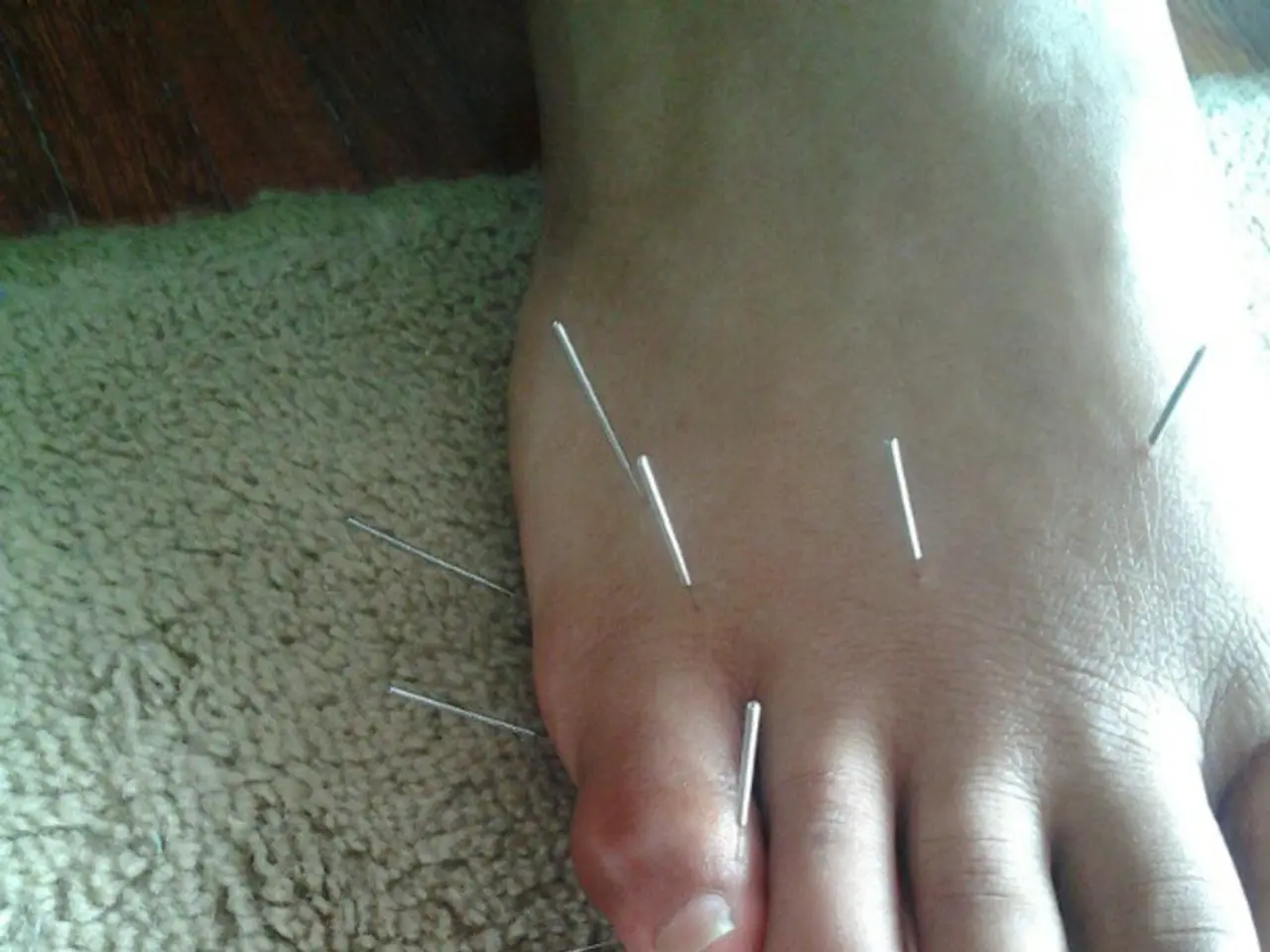Exercises for Alleviating Varicose Veins?
Varicose veins, often visible as lumps or ropey nodules under the skin, are a common health issue that affects one-third of all adults. They are typically a sign of a problem with venous circulation.
While exercise cannot cure varicose veins, it can offer significant relief from their symptoms, such as pain, itching, swelling, and discomfort that feels like wearing cement blocks for shoes.
Improving Circulation and Strengthening Calf Muscles
The key to reducing the appearance and symptoms of varicose veins lies in exercises that focus on improving circulation and strengthening calf muscles, which help pump blood upward, reducing blood pooling and vein pressure.
Recommended Exercises
- Walking: Brisk, low-impact walking for 30–45 minutes daily promotes calf muscle strength and healthy blood flow without stressing the veins.
- Cycling or Stationary Biking: Engaging calves with a pumping action, cycling helps veins return blood to the heart. It can be done outdoors, indoors, or by mimicking pedal movements while lying down.
- Swimming: With water supporting body weight, reducing vein pressure, and the horizontal position and water pressure aiding in blood circulation, swimming offers a double benefit for varicose veins.
- Leg Lifts: Lying on your back and slowly raising each leg improves venous return and strengthens muscles gently, suitable for daily practice.
- Calf Raises: Standing on toes and lowering back down activates the calf muscle pump vital for pushing blood upwards. Recommended in sets of 15–20 reps.
- Yoga Poses: Specific poses like "legs up the wall" (Viparita Karani) use gravity to reduce leg swelling and improve circulation, along with other gentle stretches that ease venous pressure.
Exercises to Avoid
Avoid exercises that put more pressure on the legs with varicose veins, such as squatting or powerlifting. Exercises that cause strain or increased blood pressure, such as heavy weightlifting or squatting, should also be avoided as they can increase pressure on the veins.
Additional Advice
Incorporating regular low-impact activity consistently, ideally 30 minutes five times a week, combined with weight management and possibly compression stockings, offers the best support to reduce varicose vein symptoms and improve leg vein health.
Exercise, in addition to its benefits for varicose veins, provides overall health advantages, and cardio exercises are especially good for circulation. However, it's essential to remember that while exercise can temporarily reduce the appearance of varicose veins and alleviate their symptoms, it cannot cure them.
Sources: [1] Mayo Clinic. (2021). Varicose veins. [online] Available at: https://www.mayoclinic.org/diseases-conditions/varicose-veins/symptoms-causes/syc-20354080 [2] American Heart Association. (2021). Exercise and Physical Activity. [online] Available at: https://www.heart.org/en/healthy-living/fitness/exercise-and-physical-activity [3] National Heart, Lung, and Blood Institute. (2021). Physical Activity for Everyone. [online] Available at: https://www.nhlbi.nih.gov/health/health-topics/topics/physicalactivity [4] Yoga Journal. (2021). Yoga for Varicose Veins. [online] Available at: https://www.yogajournal.com/practice/yoga-for-varicose-veins [5] Cleveland Clinic. (2021). Varicose Veins: Exercise and Activity. [online] Available at: https://my.clevelandclinic.org/health/diseases/15787-varicose-veins/exercise-and-activity







